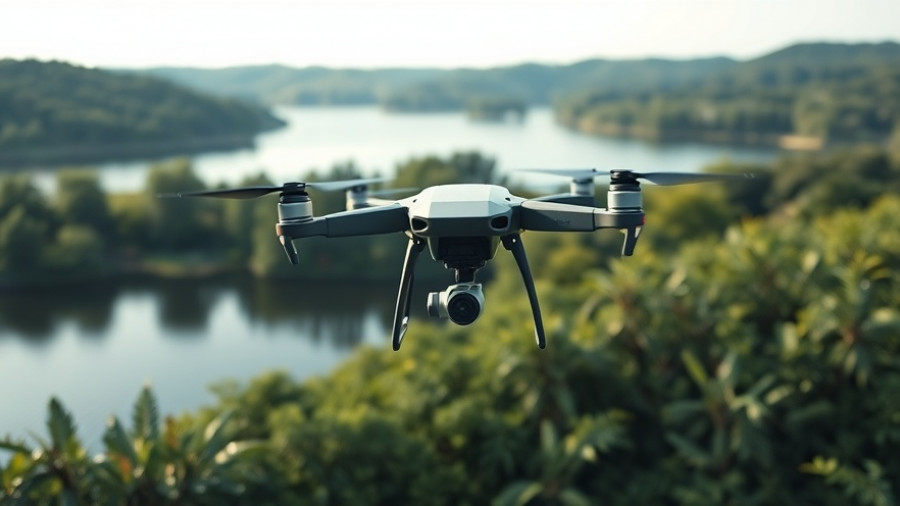
Investment Rounds and Military Demand: Insights from Divergent Technologies' $290M Raise
In an era where the demand for advanced military technology is rapidly growing, Divergent Technologies recently secured a significant investment of $290 million to enhance its production capabilities focused on specialized military parts. This investment round, which values the company at $2.3 billion, aligns with an increasing trend in defense tech investing, reflecting robust investor interest in bolstering domestic manufacturing.
The Shift Towards Domestic Manufacturing
As geopolitical tensions rise and supply chains become strained, companies like Divergent Technologies are stepping up to meet the challenge. With clients that include defense industry giants such as Lockheed Martin and General Dynamics, Divergent's focus on producing metal missile airframes—deemed its "bread and butter"—highlights the crucial role of innovation in military operations. The new funding will facilitate the expansion of its production facilities in Los Angeles and the establishment of a new factory in Oklahoma.
Why This Matters to Financial Institutions
This influx of capital is noteworthy for financial institutions and investors monitoring the defense sector. As demand for military equipment continues to escalate—partly driven by international conflicts and modernization efforts—the companies positioned to supply these needs represent a significant investment opportunity. The push for enhancing domestic manufacturing can lead to increased job creation and technological advancement, making it a pivotal moment for investors to consider aligning their portfolios with more resilient sectors.
Investing in the Future of Defense
As Divergent Technologies expands its capabilities, the implications for financial institutions are profound. Investors can anticipate not only potential financial returns but also the chance to contribute to the strengthening of national defense. The ongoing evolution in military supply chains signals a shift towards integrating advanced manufacturing technologies to ensure prompt and efficient production capabilities, highlighting the importance of strategic investments in this arena.
Given these insights, it's essential for financial institutions to keep a close watch on companies disrupting traditional manufacturing paradigms as they invest in technologies that could shape the future of defense. Understanding the shifts in the defense sector is crucial for making informed financial decisions that influence both profitability and national security.
 Add Row
Add Row  Add
Add 




Write A Comment